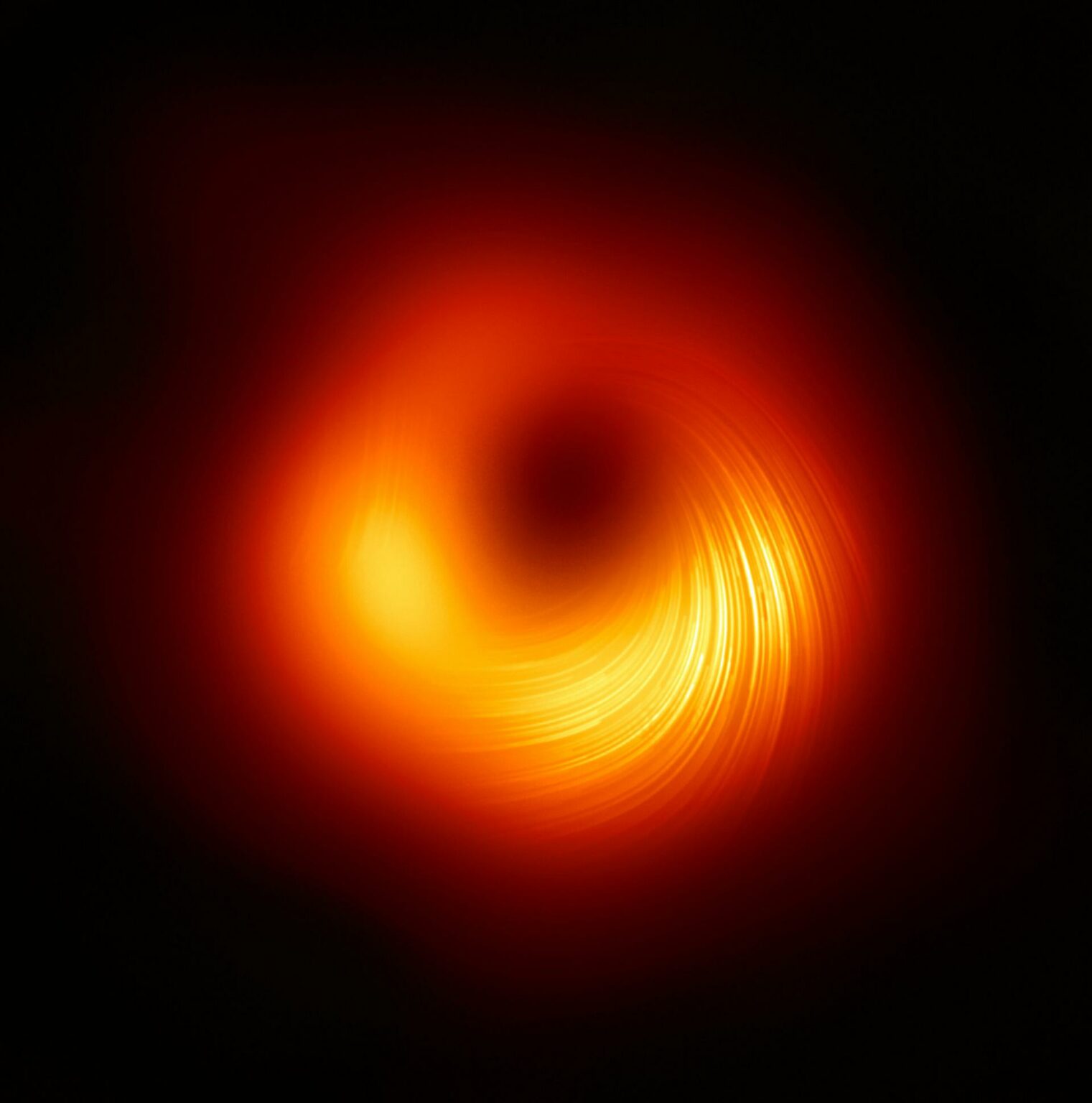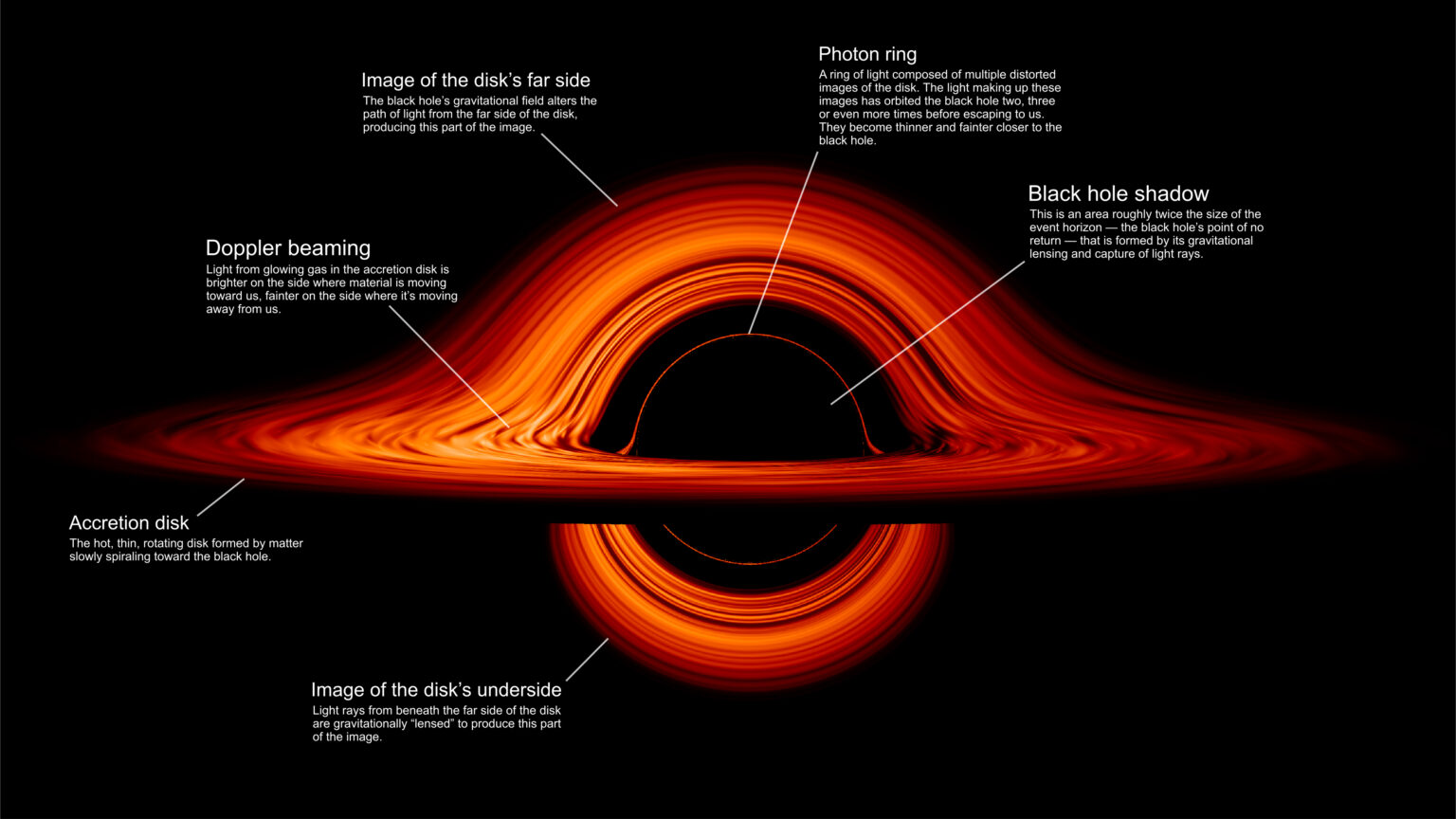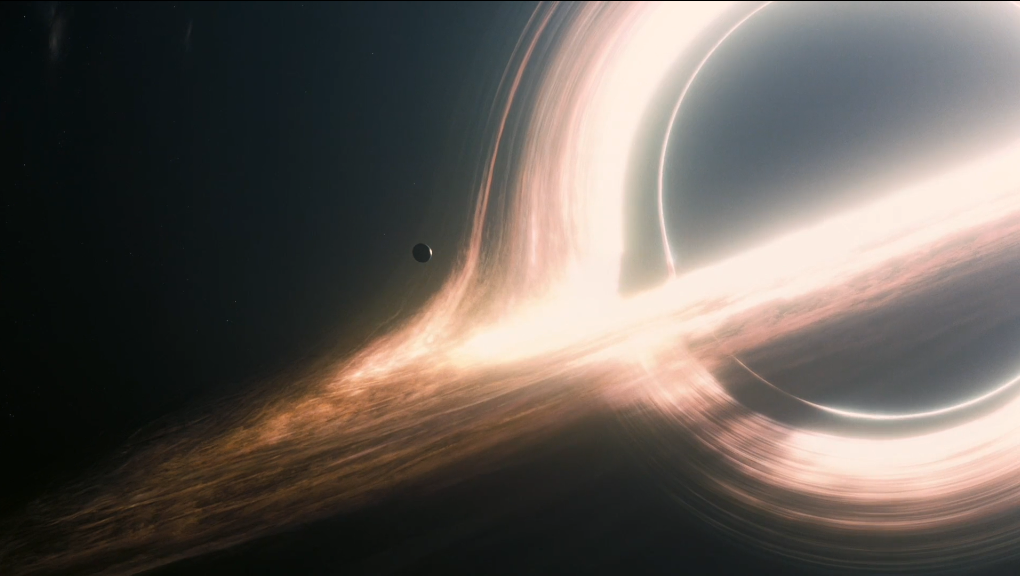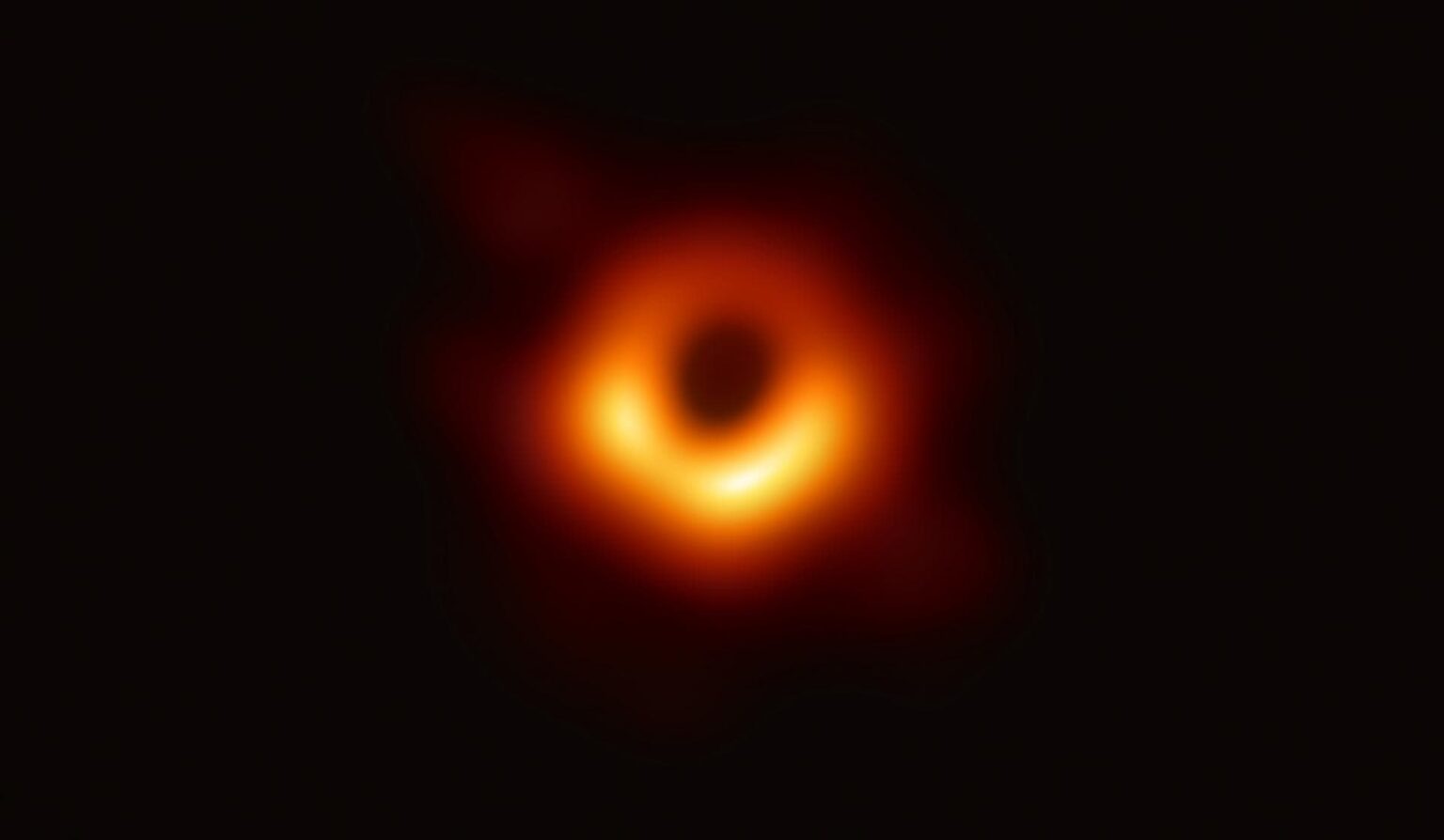In the spring of 2019, a photo of a black hole (more precisely, its “silhouette”) flew around the Internet. The press conference, where the results of the scientific discovery were presented, was held in six cities at once — from Washington to Brussels and Tokyo. Let’s figure out what black holes are, what may happen to the person inside one of them, where they come from and why these misterious objects have been stirring our imagination for decades.
“Space Dead End”
A black hole is an area of space-time that has such a strong gravitational pull that no particle or electromagnetic radiation can escape from it. The boundary of this area is called the event horizon.

From the point of view of astrophysics, black holes are the final stage in the evolution of stars. Astrophysical black holes are small but very massive space objects that do not emit light or other electromagnetic waves at all. For example, a black hole in the distant galaxy M87, which scientists have been able to register, has a size comparable to our solar system. It is 6.5 billion times heavier than the Sun. According to this indicator, scientists distinguish black holes of stellar mass, intermediate mass and supermassive black holes.
How the black holes form and disappear
Black holes of stellar masses are the final stage in the evolution of massive stars. After depletion of hydrogen-helium “fuel” in the center of such a luminary, it begins to compress, because the internal pressure created by the release of energy during fusion reactions can no longer maintain a steady state of the star, and under its own gravity it rapidly collapses into a massive non-radiating object that we can observe, for example, in a close binary system due to the accretion disk formed by the “flow” of the companion star’s substance on it.

Supermassive black holes are formed by the merging of less massive black holes located in the centers of galaxies. This process assumes that the mass of the resulting object will be approximately equal to the sum of the masses of its “predecessors”. Such objects can also be formed by merging massive stars in star clusters.
The event horizon radiates energy. Due to the quantum effects on it there are streams of particles that break out into the surrounding space. This phenomenon is called “Hawking radiation” — after the British theoretical physicist Stephen Hawking, who was first to describe it. Despite the fact that matter cannot escape beyond the event horizon, a black hole gradually “evaporates” due to this radiation. Eventually, it will lose its weight and disappear.
Inside a black hole
Scientists do not know what awaits a person falling under the event horizon. Will he or she be absorbed by a black hole, or will he or she be just torn apart by tidal forces? Or will he or she find a back wall of a bookcase there, as we’ve seen in the American science fiction film Interstellar?

In an article that became most read in 2015, the BBC Earth correspondent Amanda Gefter predicts that by the time a person reaches the event horizon, reality will be divided in two. In one reality he or she will be instantly incinerated, in another one he or she will dive deep into a black hole alive and unharmed.
The fact is that, according to physical principles, no medium (ie any physical body, including human) is able to cross the horizon of events and must remain outside it, otherwise all available information will be lost to our world. On the other hand, the laws of physics also require that a person or any other body fly across the horizon alive and unharmed, without encountering any unusual dangerous phenomena in its path. Otherwise, the General Theory of Relativity will be violated.
Scientists call this paradoxical combination the “paradox of the disappearance of information in a black hole.” American physicist Leonard Susskind realized that there is no such thing as a paradox — just two human states are explained in terms of the impressions of those who fell into a black hole and those who observe the process. These two people will never meet again and will not be able to compare their observations. Therefore, physical laws are not violated.
Infinitely distorted time and space
As you move deeper into the black hole, space-time continues to warp and becomes infinitely warped at its center. This point is known as the gravitational singularity. Strictly speaking, the very concepts of “space” and “time” in it cease to have any meaning, so all the known laws of physics no longer apply to describe these two concepts.

Kip Thorne, scientific adviser to Christopher Nolan’s famous film and author of The Science of Interstellar, compares the curvature of space with an ant on a trampoline. Imagine an anty (man) who lives on a children’s trampoline (Universe), in the middle of which lies a very heavy stone. Just as the surface of a trampoline bends under the weight of this stone, so does the space of our universe around a massive object. Time — which is related to space as described by the formulas of the Theory of Relativity — is also distorted.
Not so black after all
According to Stephen Hawking’s theory, black holes are not completely “black” — in fact, they do emit particles. Actually, a black hole has no color — and this only means that everything that falls into it never goes back. We can observe it only when there is some radiating matter around it (gas or a neighboring star’s substance which is “pulled” by a supermassive object). Due to gravitational waves, we can “see” two merging black holes.

The first image of a black hole obtained by Event Horizon Telescope project was the result of several years of processing data collected by radio telescopes around the world. The colors on the image are arbitrary, because the shooting was carried out in a radio range to which the human eye is insensitive.
Follow us on Twitter to get the most interesting space news in time:
https://twitter.com/ust_magazine

